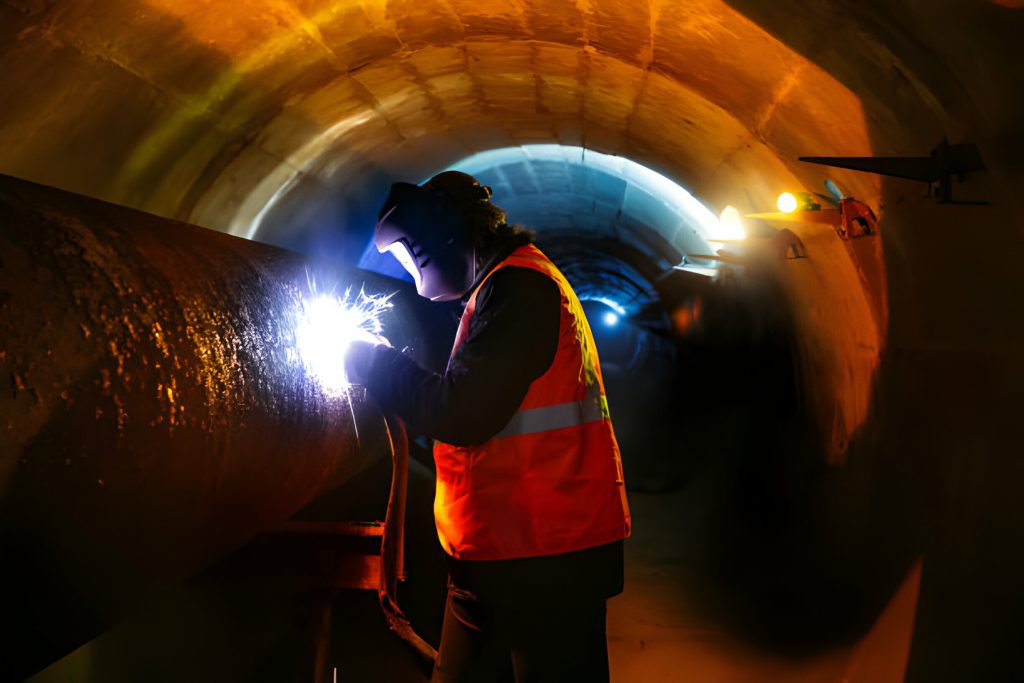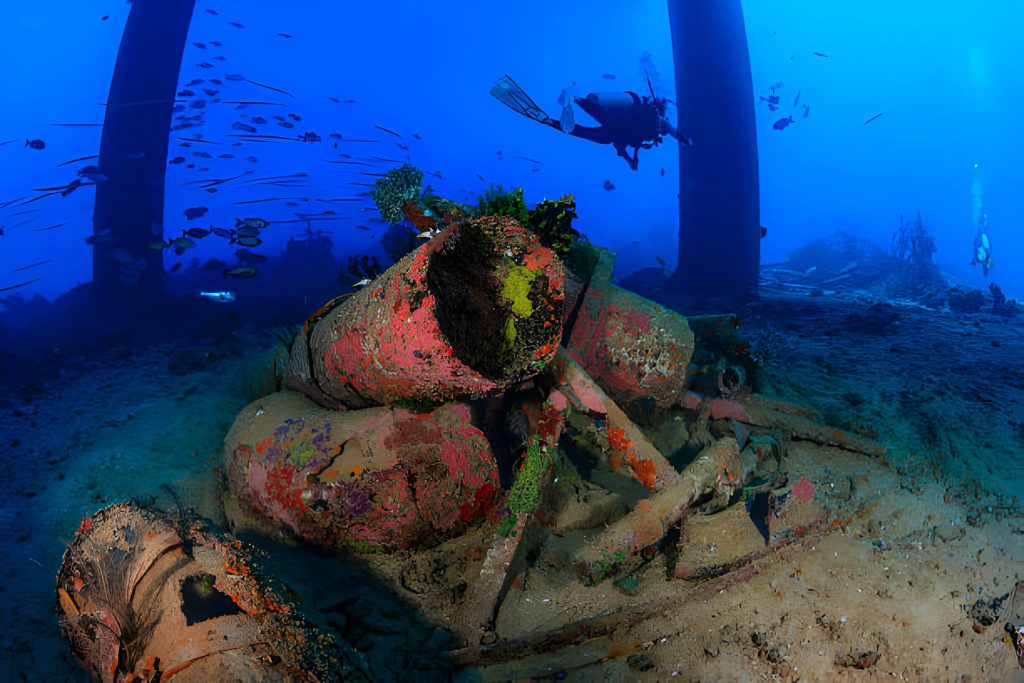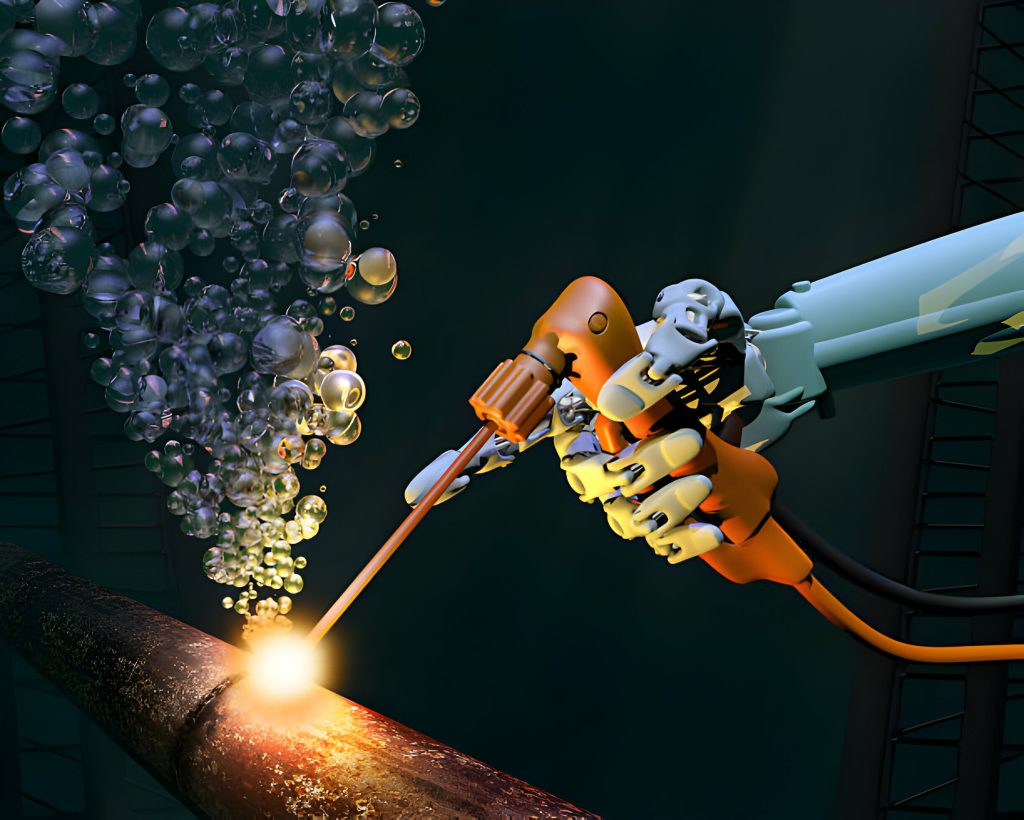
Tunneling and Submersed Tunnels
For projects that require a pathway beneath a body of water, such as underwater roadways or pipelines, tunneling is often the chosen technique.
In this method, pre-fabricated sections of the tunnel are submerged and connected underwater. These sections are then sealed and positioned within a dredged trench on the seabed.
For longer and more complex tunnels, tunnel boring machines (TBMs) are employed. These massive machines drill through rock and soil, creating a tunnel while simultaneously lining the walls to prevent collapse.

![[GetPaidStock.com]-65e0457d63ee1 [GetPaidStock.com]-65e0457d63ee1](https://onion-shop.com/wp-content/uploads/2024/10/GetPaidStock.com-65e0457d63ee1.jpg)


